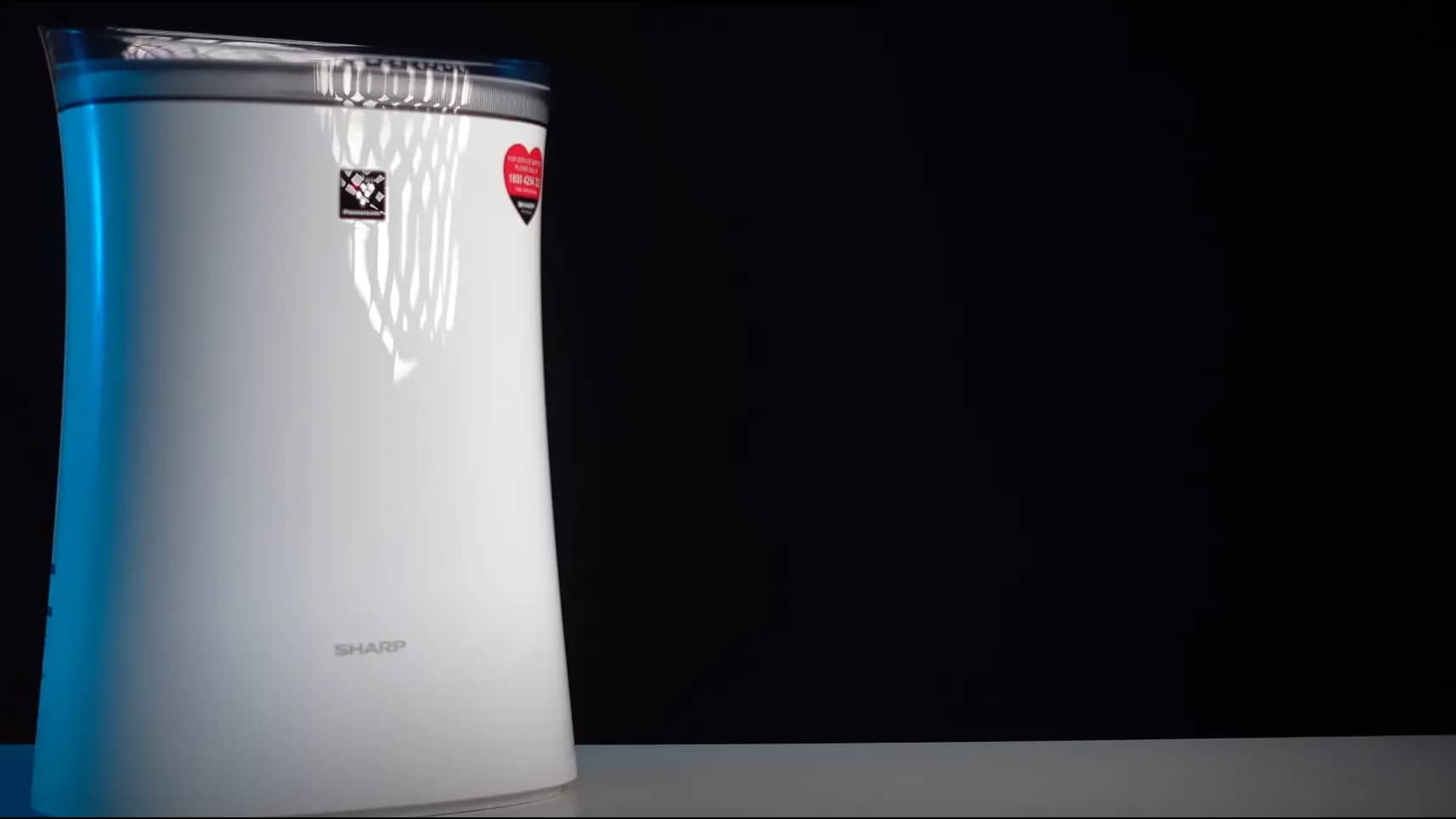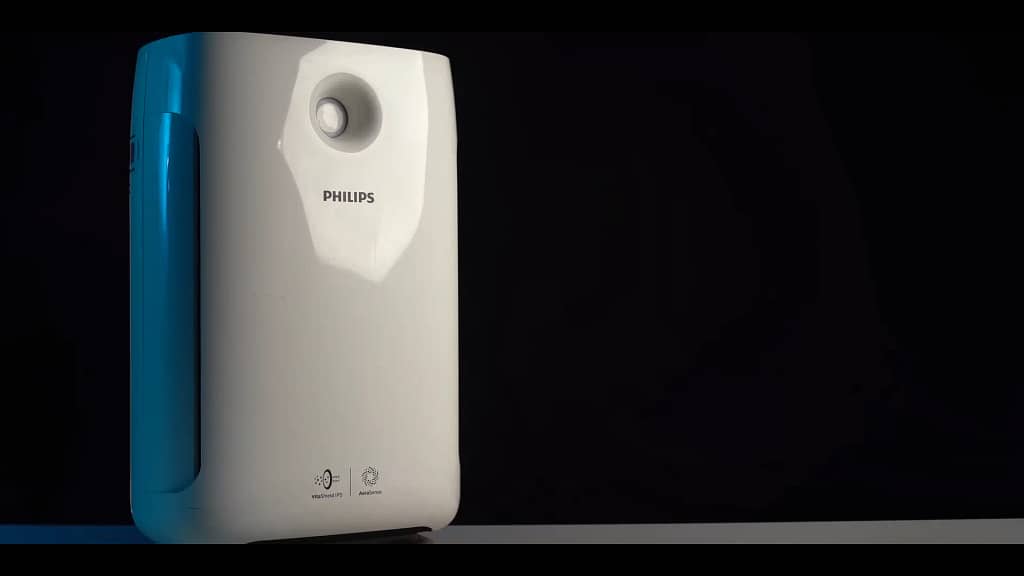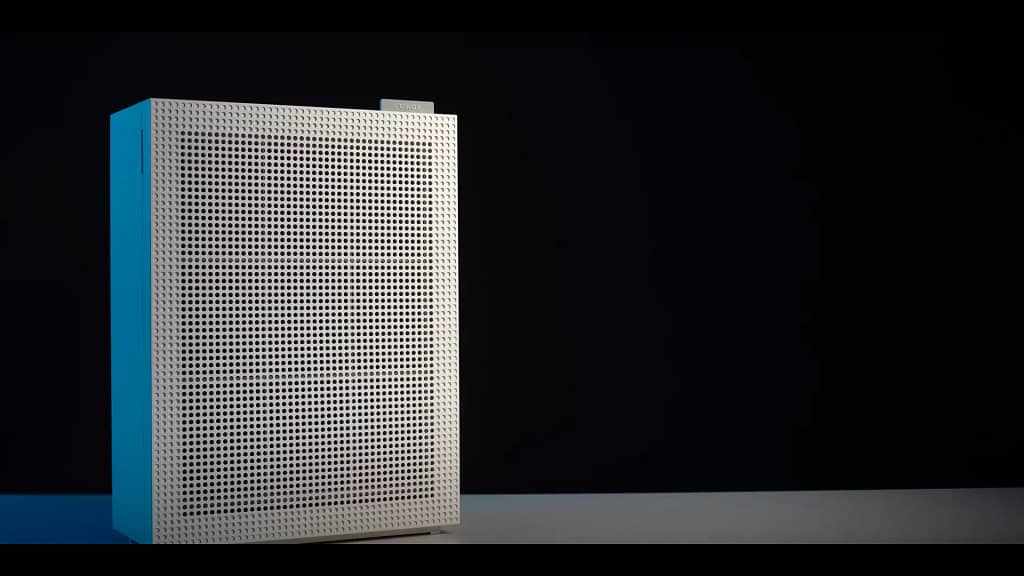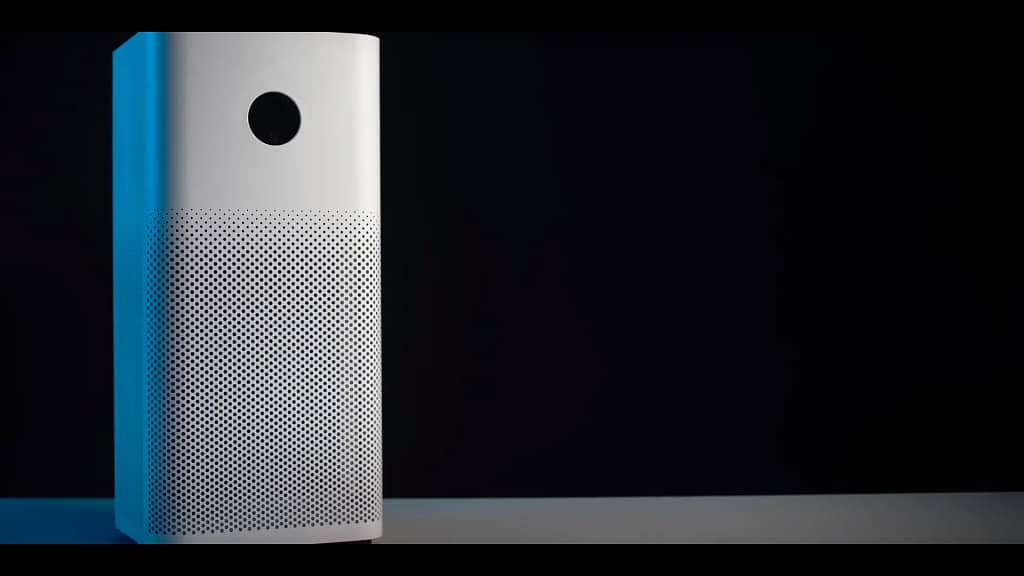Indoor air pollution is a pressing concern in many regions around the world, and it can be just as harmful as outdoor air pollution. Poor indoor air quality can have adverse effects on your health and well-being. In this comprehensive guide, we’ll discuss the key considerations when choosing an air purifier to improve your indoor air quality. We’ll explore the factors to weigh, the importance of air purifiers, and the critical features to look for when making this important decision.
The need for air purifiers becomes apparent when we consider the severe levels of indoor air pollution. Even a room kept closed overnight can have PM 2.5 levels far exceeding the recommended limits for breathable air. PM 2.5 refers to fine particulate matter with a diameter of 2.5 micrometers or smaller, which can penetrate deep into the lungs, posing significant health risks. This problem is particularly acute in places with high pollution levels, such as Delhi, India.
The primary question is whether you need an air purifier. The decision hinges on various factors, including the severity of air pollution in your location and your individual circumstances. As winter approaches, pollution levels tend to rise, creating a challenging situation. Air purifiers can offer a solution by helping to reduce health risks associated with poor indoor air quality.
Key Factors to Consider When Buying an Air Purifiers
To make an informed decision, several critical factors need to be considered before purchasing an air purifier. These are the following points you should consider:
1. True HEPA Filter: An air purifier should feature a “true HEPA” filter, not a HEPA-like or HEPA-type filter. A true HEPA filter is crucial for effectively removing harmful PM 2.5, PM 10, and even PM 0.2 particles from the air.
2. Filter Replacement Cost: Many consumers overlook the ongoing expense of air purifiers—the replacement of filters. Filters should be replaced every two to three months, depending on usage. It’s essential to consider filter replacement costs when selecting an air purifier.
3. Clean Air Delivery Rate (CADR): The CADR indicates how much clean air an air purifier can produce in an hour. A higher CADR value generally signifies greater efficiency. While manufacturers often emphasize additional features like antivirus capabilities, Alexa support, and smart functions, these are optional and not fundamental.
We have conducted tests on four different air purifiers to gauge their effectiveness in improving indoor air quality. The experiment involved introducing pollutants into a room and running each air purifier for 40 minutes to assess their air-cleaning efficiency. Although the test wasn’t scientifically rigorous, it provided practical insights into how these devices perform in real-life scenarios.

1. Sharp Air Purifier: In the test, the Sharp Air Purifier proved to be the least efficient in improving air quality, failing to bring the Air Quality Index (AQI) down to an acceptable level.

2. Philips AC2887 Air Purifier: In contrast, the Philips air purifier consistently delivered efficient performance and effectively lowered the AQI to acceptable levels.

3. Coway Air Purifier: The Coway air purifier, known for its minimalistic design and a 5-year warranty, demonstrated impressive efficiency. It significantly reduced the AQI, making it a recommended choice.

4. Mi Air Purifier 3: The Mi Air Purifier 3, with its 360-degree air intake and digital air quality indicator, also performed efficiently. It achieved air quality improvements comparable to the Philips air purifier.
Car Air Purifier: we also tested a car air purifier, emphasizing the importance of maintaining air quality during commutes. The car air purifier effectively reduced pollution levels during a 30-minute drive.
Noise Levels: The noise levels of the tested air purifiers were around 60-61 decibels, which increased to 70-73 decibels on the highest setting. This information is vital to consider, as quieter operation might mean sacrificing some air purification efficiency.
Inaccuracies in Air Quality Measurement: The built-in air quality sensors in air purifiers can be inaccurate. Despite external AQI readings indicating higher pollution levels, the air purifiers consistently displayed lower values. This discrepancy raises concerns about the reliability of the AQI measurements provided by these devices.
Also read: Amazon Echo Show 8 Exploring its New Features
Recommendations and Final Thoughts
In conclusion, practical recommendations for individuals considering the purchase of an air purifier. The Sharp air purifier was found to be the least efficient, while the Coway air purifier was the most effective in the test. The Philips and Mi air purifiers also demonstrated reliable performance, but the ongoing costs of filter replacement and the reliability of AQI measurements should be considered.
The decision to invest in an air purifier should be based on individual needs, room size, and budget. Striking a balance between efficiency and ongoing operational costs while considering the severity of indoor air pollution in your area is essential.
As concerns about air pollution continue to grow, selecting the right air purifier can significantly impact the quality of the air you breathe, both at home and during your daily commute. An informed decision is critical for the health and well-being of yourself and your loved ones.




